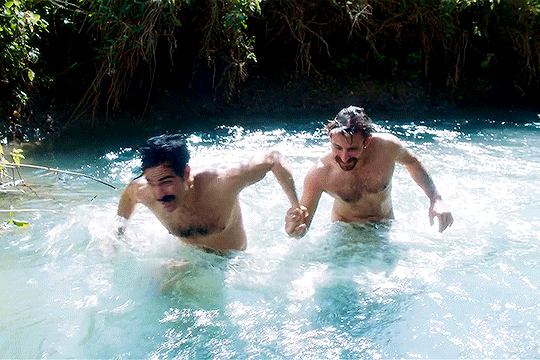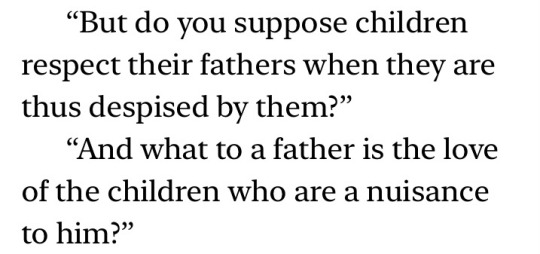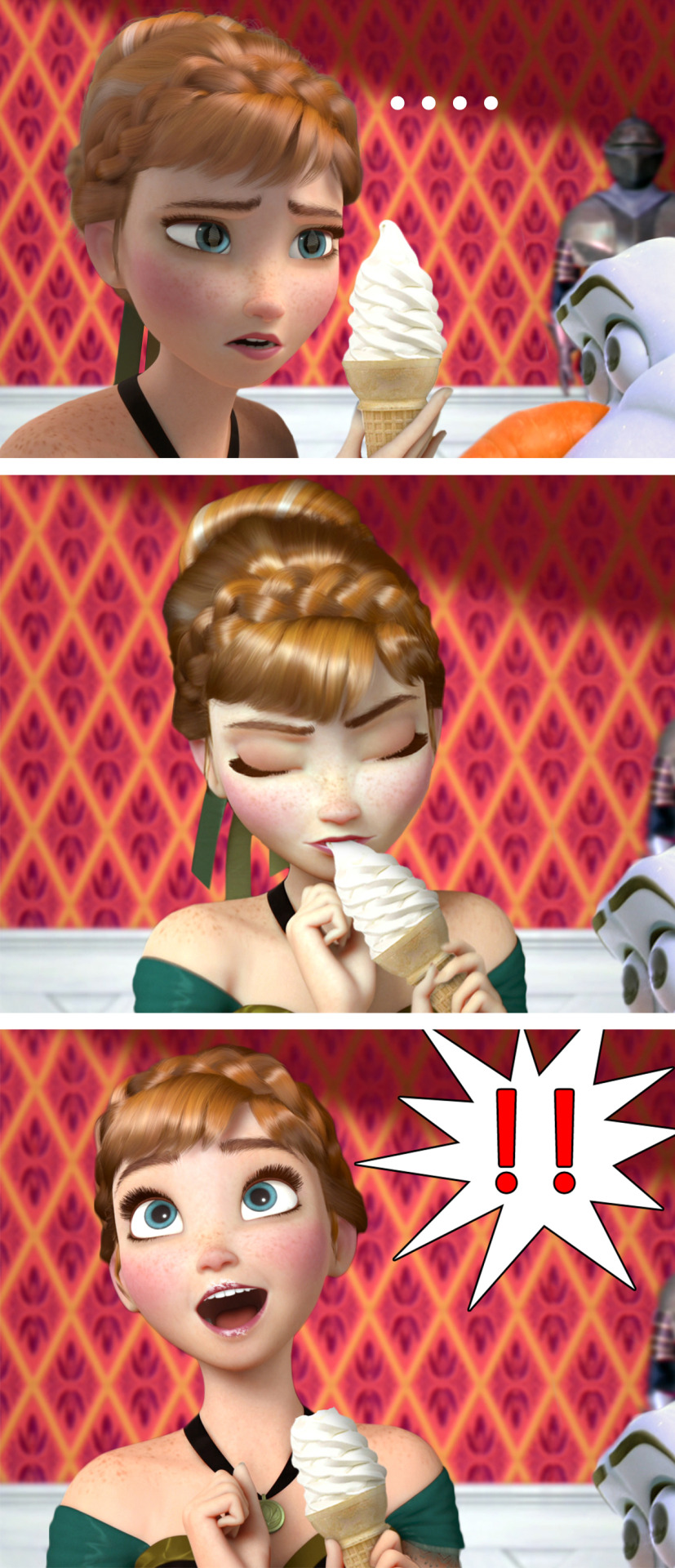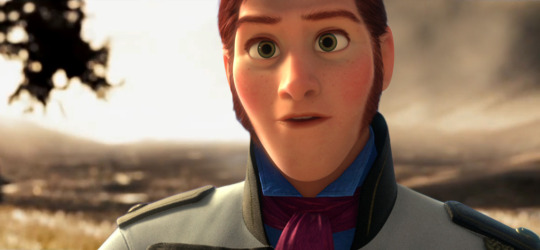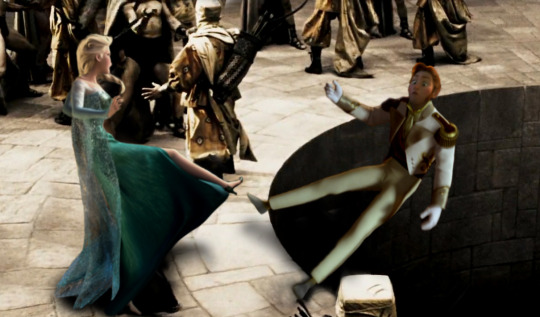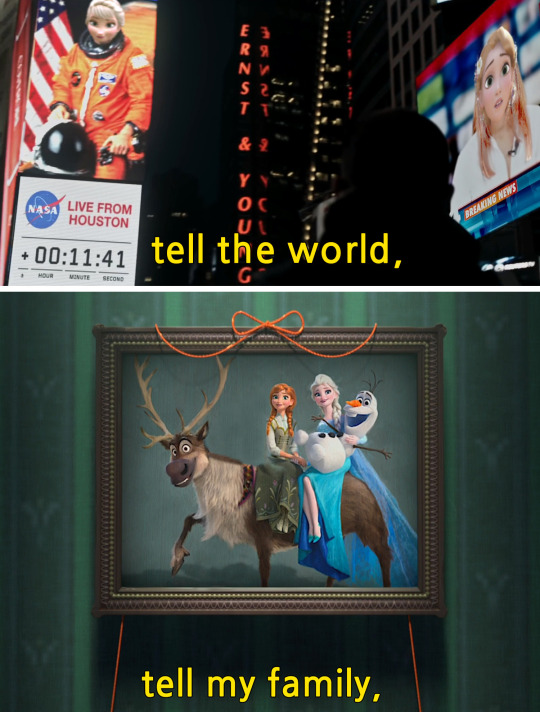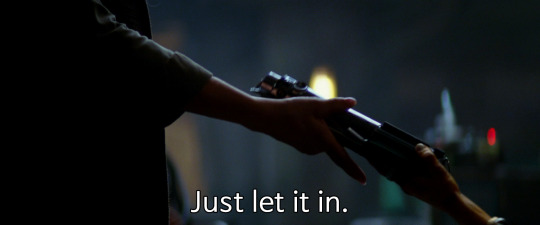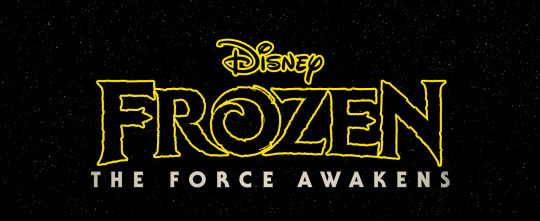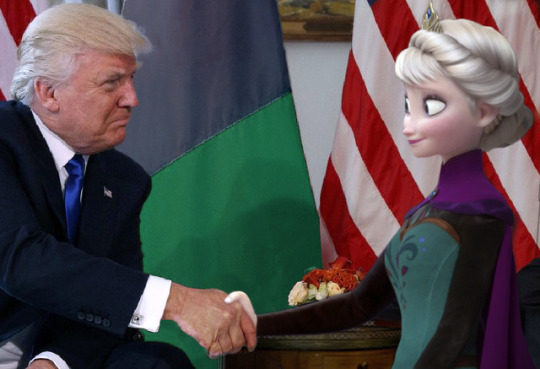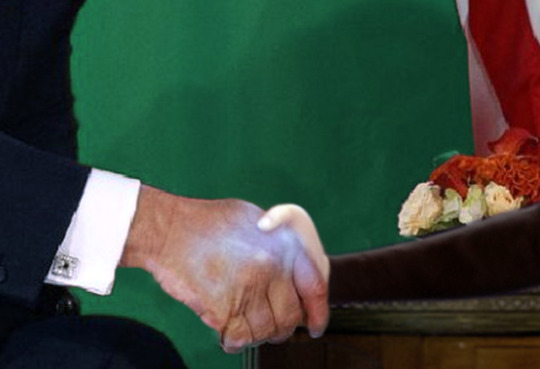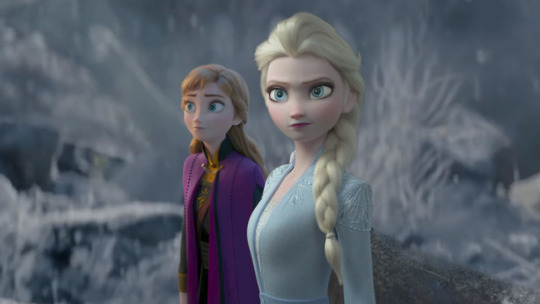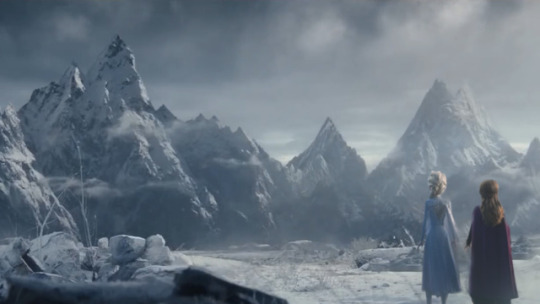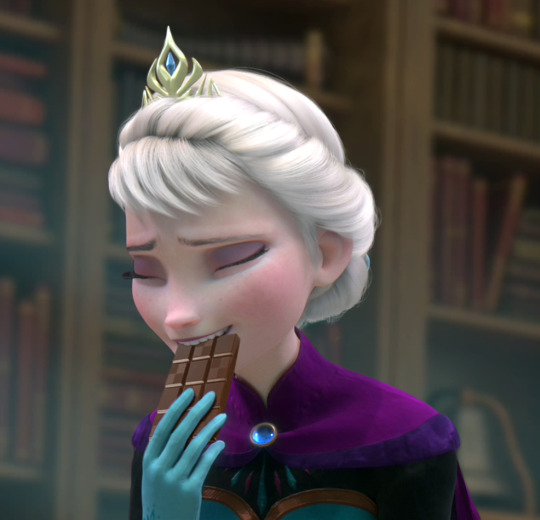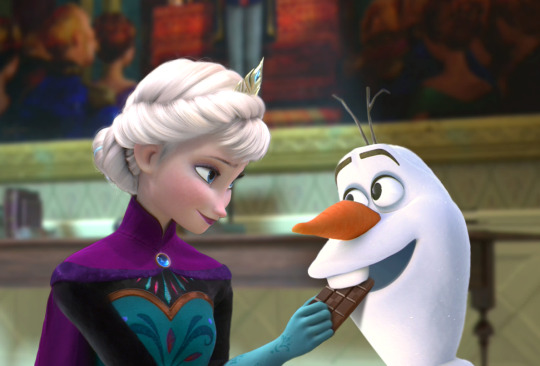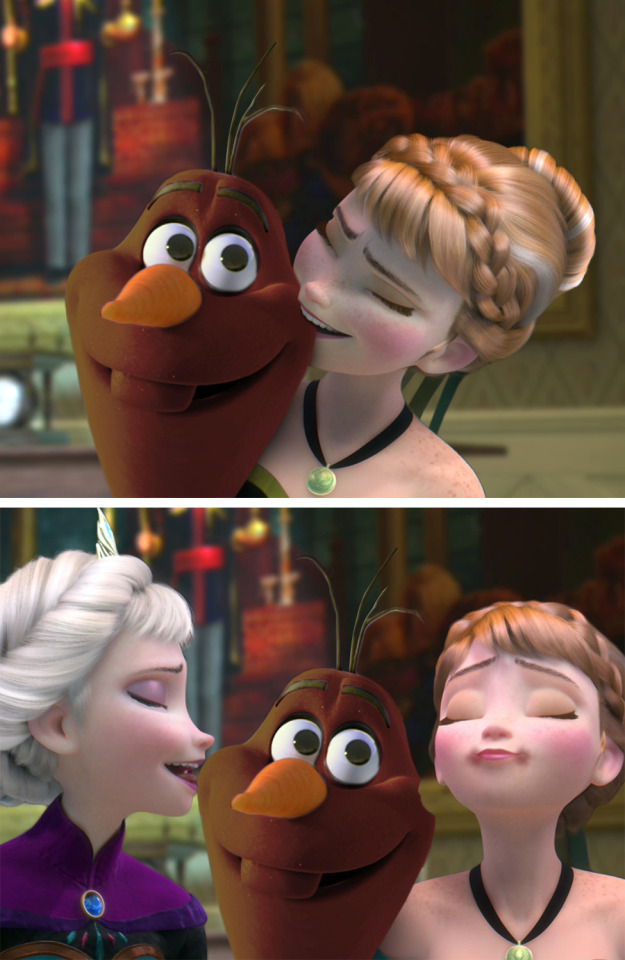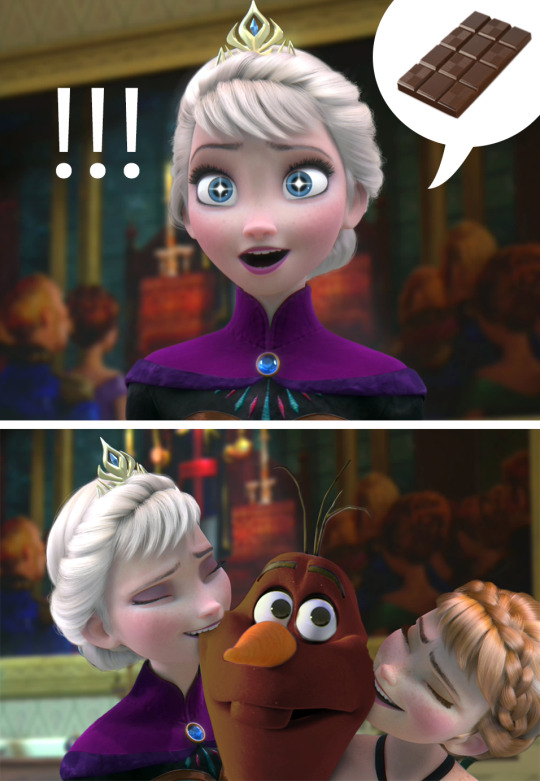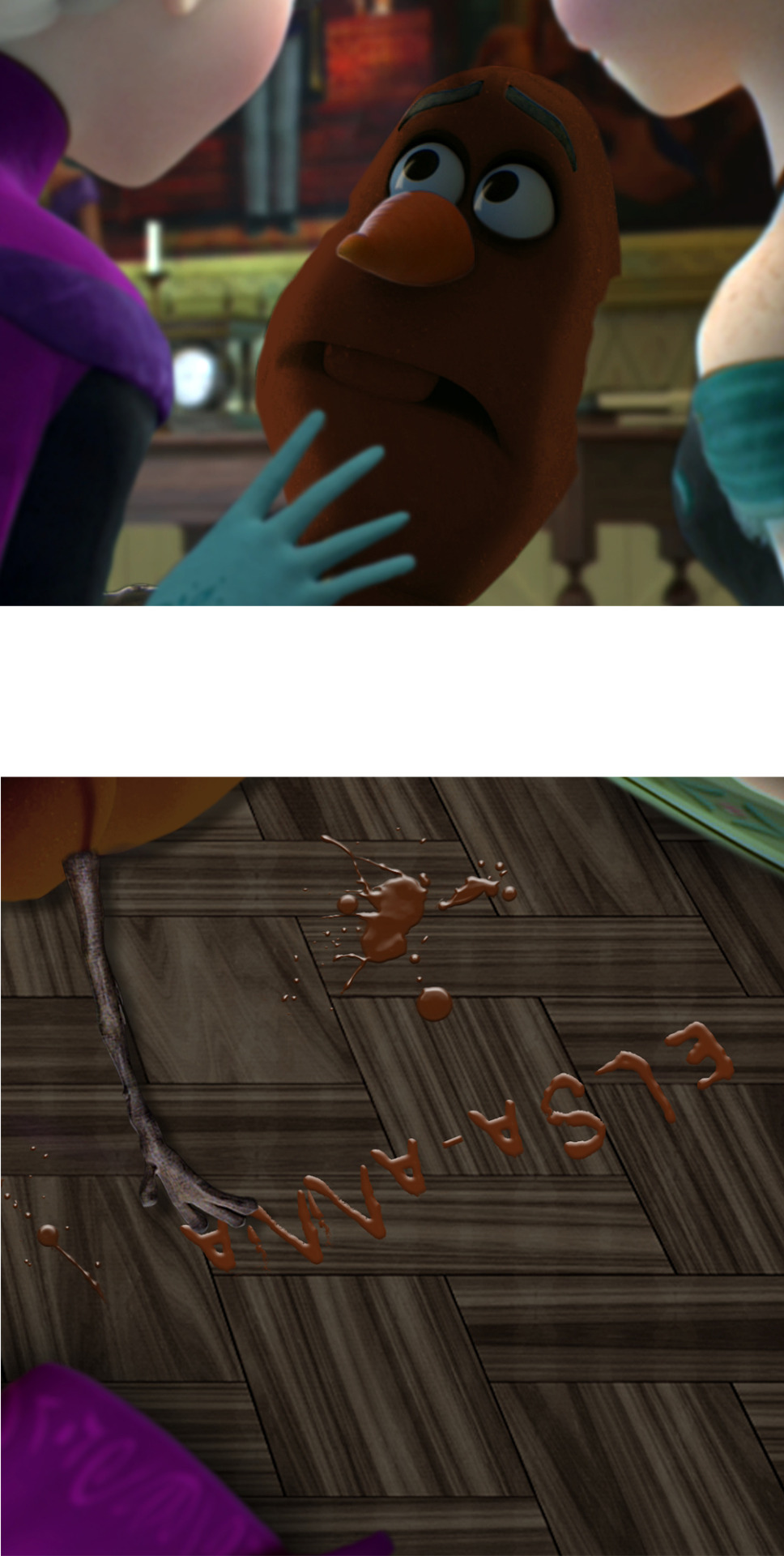Text
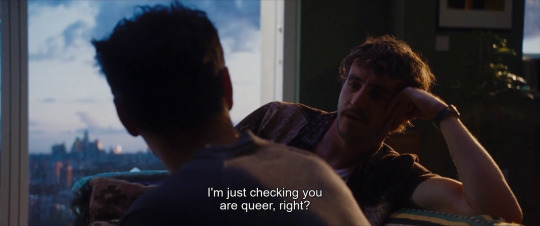
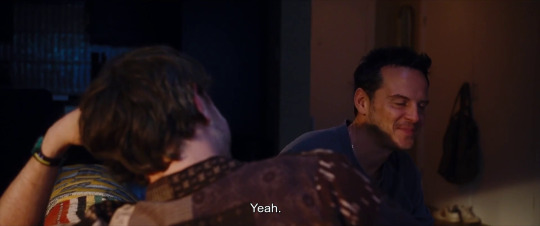


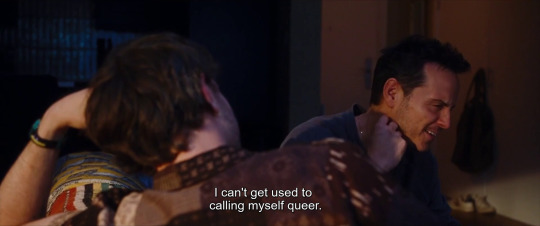
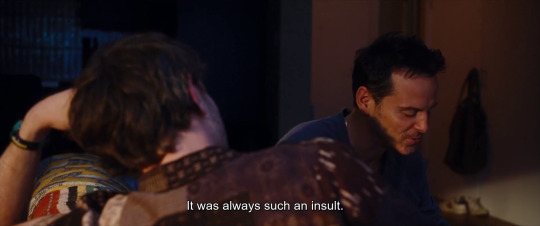

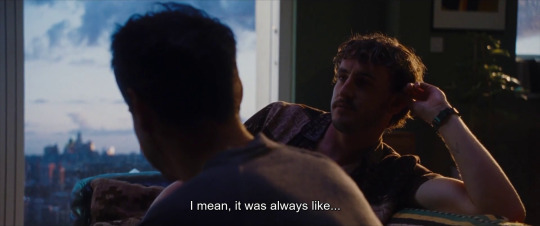

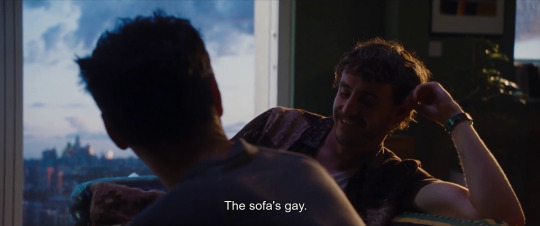
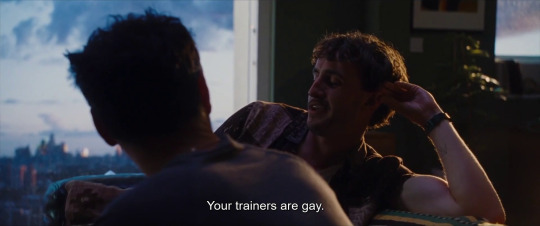


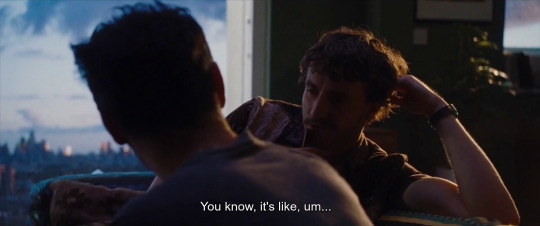



All of Us Strangers (2023) dir. Andrew Haigh
3K notes
·
View notes
Text
Sooooooo...just remembered a random dream I had from months ago.
In my dream, Sia kidnapped me and my brother cause she wanted us to be her new backup dancers. She locks us up in a hospital room and makes us watch television for weeks, then I see my mom crying on air, so I escape alone cause my brother seemed to have dematerialized from the dream somehow and went to the front desk for help, but all they told me was that my number was way back and I have to wait like everyone else.
The end
I dont even listen to Sia
4 notes
·
View notes
Text
Film Analyses/Reviews
The Sacraments of Genre: Coppola, DePalma, Scorsese
Operatic Style and Structure in Coppola's "Godfather Trilogy" (Pt. I) (Pt. II)
The Tragedy of Michael Corleone in "The Godfather: Part III"
Animated Nature: Aesthetics, Ethics, and Empathy in Miyazaki Hayao's Ecophilosophy
The Precarious Politics of Precious: A Close Reading of a Cinematic Text (X)
As I Lay Dying: Violence and Subjectivity in Tarantino’s Reservoir Dogs (X)
Shifting Gears and Paradigms at the Movies: Masculinity, Automobility, and the Rhetorical Dimensions of "Mad Max: Fury Road"
Review: Godfather: The Intimate Francis Ford Coppola
Two Thousand Light Years from Home: Scorsese's Big CASINO (X)
TIME PIECES: WONG KAR-WAI AND THE PERSISTENCE OF MEMORY (X)
Matter out of Place: Carnival, Containment, and Cultural Recovery in Miyazaki's "Spirited Away" (X)
Disney's Moana, the Colonial Screenplay, and Indigenous Labor Extraction in Hollywood Fantasy Films
Viewing Sinophone Cinema Through a French Theoretical Lens: Wong Kar-wai's "In the Mood For Love" and 2046 and Deleuze's "Cinema" (X)
The Parallelism of the Fantastic and the Real: Guillermo del Toro’s Pan’s Labyrinth/El Laberinto del fauno and Neomagical Realism (X)
"Back to the Future": Oedipus as Time Traveller ("Retour vers le futur": Oedipe, voyageur du temps)
Beyond the Male Romance: Repetition as Failure and Success in Apocalypse Now
Beautiful Friendship: Masculinity and Nationalism in "Casablanca"
GIRL POWER: BACK TO THE FUTURE OF FEMINIST SCIENCE FICTION WITH INTO THE FOREST AND ARRIVAL
"Leave the Gun. Take the Cannoli." How Machiavelli's The Prince Exemplifies the Gangster in The Godfather and A Bronx Tale
Film as Literature: TWO SCREENPLAYS (Taxi Driver, Goodfellas)
Where Did the Goodfellas Learn How to Cook? Gender, Labor, and the Italian American Experience
Goodfellas Review (1991)
Where is the Bawdy? Falstaffian Politics in Gus Van Sant's "My Own Private Idaho" (X)
The Filmmaker as DJ: Martin Scorsese’s Compiled Score for Casino (1995)
EAST Meets WEST: "Casablanca vs. The Seven Samurai"
The Power of Adaptation in "Apocalypse Now"
Animalizing "Jurassic Park's" Dinosaurs: Blockbuster Schemata and Cross-Cultural Cognition in the Threat Scene
Review: American Psycho
The Feminine Hero of The Silence of the Lambs (X)
"Fight Club'"s Queer Representations (X)
Tiny Life: Technology and Masculinity in the Films of David Fincher (X)
Complex Design in "The Empire Strikes Back" (X)
SAVAGE PLACES REVISITED: CONRAD'S "HEART OF DARKNESS" AND COPPOLA'S "APOCALYPSE NOW"
PORTRAITS OF THE POSTMODERN PERSON IN TAXI DRIVER, RAGING BULL, AND THE KING OF COMEDY
(Taxi Driver) (Raging Bull)
Homosexuality in "Dog Day Afternoon" (1975): Televisual Surfaces and a "Natural" Man (X)
Where Did All the Heroes Go? (Dog Day Afternoon)
Italian-Americans in Film: From Immigrants to Icons
God's Lonely Man: "Taxi Driver" in Script and Screen
A Slice of Delirium: Scorsese's "Taxi Driver" Revisited
Kafka on the Screen: Martin Scorsese's "After Hours" (X)
Stalking 'The Deer Hunter'
Gender, Genre, and Myth in "Thelma and Louise" (X)
Restaging the War: "The Deer Hunter" and the Primal Scene of Violence
"The Godfather, I and II": Patterns of Corruption (X)
Making the Milk into a Milkshake: Adapting Upton Sinclair's "Oil!" into P. T. Anderson's "There Will Be Blood"
Child of the Long Take: Alfonso Cuaron's Film Aesthetics in the Shadow of Globalization
THE SWOLLEN BOY: Paul Thomas Anderson's BOOGIE NIGHTS and Diggler Days
Love in Time: Julie Delpy, Ethan Hawke, and Richard Linklater's "Before" Films
Other
Al Pacino (X)
Lies and Loneliness: An Interview with Tony Leung Chiu Wai
Wong Kar-Wai (Interview)
Imagism and Martin Scorsese: Images Suspended and Extended
Docufictions: An Interview with Martin Scorsese on Documentary Film
Orson Welles: The Human Side of Genius
Eavesdropping On Female Voices: A WHO'S WHO OF CONTEMPORARY WOMEN FILMMAKERS (1987)
Disappearance of Elaine May
THE NON-DIEGETIC FALLACY: FILM, MUSIC, AND NARRATIVE SPACE
Hollywood Movie Dialogue and the "Real Realism" of John Cassavetes
THE WORK OF JOHN CASSAVETES: SCRIPT, PERFORMANCE STYLE, AND IMPROVISATION
The Adventure of Insecurity: The Films of John Cassavetes
Prospero's Muccs: The Meaning of Martin Scorsese's Italian American Dialect
Between Colorblind and Colorconscious: Contemporary Hollywood Films and Struggles Over Racial Representation
The Militarization of Marvel's Avengers
BEFORE AND AFTER "JAWS": CHANGING REPRESENTATIONS OF SHARK ATTACKS
Sound Doctrine: An Interview with Walter Murch
Made Men (Goodfellas, Mean Streets, Scorsese Interview)
Beautiful Resistance: The Early Films of Wong Kar-wai
Who Knew It Could Get Worse? When Nixon Haunted the New Hollywood
TV
Sticking Together, Falling Apart: "The Sopranos" and the American Moral Order
"Mad Men"'s Color Schemes: A Changing Palette of Working Women
ETHICAL UPLIFT, "NOT FOR NUTHIN" (Review: The Sopranos)
Writing
Story: Substance, Structure, Style by Robert Mckee
Dialogue - Robert McKee
THE WRITER’S JOURNEY Mythic Structure for Writers
The Art of Dramatic Writing
Anatomy of Story
Into the Woods
—-
(X) = corresponding tumblr post
4K notes
·
View notes
Text
Céline Sciamma’s Quest for a New, Feminist Grammar of Cinema
by Elif Batuman - The New Yorker, January 31, 2022
In subtle, unpredictable ways, the French director is determined to move beyond received ideas of filmmaking.

For most of November, 2020, the director Céline Sciamma didn’t have any lamps in her apartment. They were all on the set of her fifth film, “Petite Maman.” Each day, she got ready before sunrise, leaving her Paris apartment in the dark. One morning when she was running late, she rushed into her room and hit something with her foot. It hurt, a lot, but she put on her shoes and hurried to the set, where she sat around for three hours, waiting for everyone else to be ready. Suddenly, she heard a familiar, uneven step behind her: that of her maternal grandmother, Marie-Paule Chiron, who walked with a limp and who had been dead for six years. Sciamma jumped from her chair, remembering too late her injured foot. Instinctively, she reached for the closest support: a silver-topped walking stick that had belonged to Marie-Paule.
The limping woman toward whom Sciamma was limping was, in fact, the actor Margot Abascal, playing a character based on Marie-Paule and wearing the same kind of corrective shoes that she had worn. Though the likeness was one Sciamma herself had gone to considerable trouble to produce, it struck her with unexpected force. She experienced a kind of intergenerational vertigo, a blurring of past and present, of fiction and reality: a slippage that runs like a thread through her life and work.
Sciamma’s first feature, “Water Lilies” (2007), about a teen girl’s unrequited love for the captain of a synchronized-swimming team, was filmed in the town outside Paris where Sciamma grew up, at the pool where she once watched synchronized swimming. Her next two films, “Tomboy” (2011) and “Girlhood” (2014), were also set in the Paris suburbs, and followed cinematically underrepresented adolescents—a gender-nonconforming tween, a Black girl living in a banlieue—as they navigated between social norms and their own desires. Forming a loose trilogy, these films cemented Sciamma’s reputation among critics. A new level of success came with the 2019 period romance “Portrait of a Lady on Fire,” the story of Héloïse, a young woman who doesn’t want to get married, and Marianne, an artist hired to paint her betrothal portrait. The relationship was partly inspired by Sciamma’s association with the actor Adèle Haenel, who plays Héloïse. They met while making “Water Lilies”—Haenel was the synchronized swimmer—and later became romantic partners. They separated before “Portrait” but remain close friends.
Not long after the French release of “Portrait,” Haenel gave an interview in which she described being sexually abused by the director of her first film, starting when she was twelve. The abuse continued for years and caused Haenel to give up acting entirely, until she was approached for “Water Lilies.” (The director, Christophe Ruggia, has denied the accusations.) It was the first time an actor of her stature had spoken out against sexual abuse in the French film industry. Days later, the photographer and former actress Valentine Monnier wrote an open letter in the newspaper Le Parisien stating that, at eighteen, she had been raped by Roman Polanski. (Polanski denies the charge.) At the 2020 César Awards ceremony, Polanski was named Best Director—ironically, many people felt, for a film about the Dreyfus Affair, involving the persecution of a falsely accused man. Haenel and Sciamma, in attendance because “Portrait” had received nine nominations, stood up and left the room.
The quiet radicalism of “Portrait,” which showed how easily a romantic film could dispense with many seemingly indispensable mainstays—conflict, a musical score, men—merged with a twenty-first-century political moment. Virginie Despentes, the novelist, filmmaker, and punk feminist icon, wrote an editorial applauding Haenel’s gesture, under the headline “We’re Getting Up and We’re Getting the Hell Out.” Protesters at French feminist marches began carrying signs proclaiming “We Are the Young Girls on Fire,” and calling for Despentes, Sciamma, and Haenel to assume various public offices. In 2020, “Portrait” became the most watched French film worldwide, with nearly a million and a half viewers. When the pandemic struck, midway through the U.S. and the U.K. release, Sciamma returned to Paris and began work on a new film, one she ended up shooting during lockdown, with a small crew and minimal sets.
“Petite Maman” opens in an elder-care home. Eight-year-old Nelly and her dazed-seeming mother, Marion, are emptying out a room formerly occupied by Nelly’s grandmother. Nelly is allowed to keep a souvenir: her grandmother’s silver-topped walking stick. Nelly and Marion then drive through the countryside to the grandmother’s house, which also has to be emptied. Mention is made of a hut that Marion built in the woods here as a child, and of a subsequent surgery. Nelly wants to be shown the site of the hut, but Marion is too busy. Walking alone in the woods, Nelly meets an eight-year-old girl named Marion, who asks for help building a hut. When it starts raining, the two girls run to child-Marion’s house: an exact replica of the one that Nelly’s mother is packing up. There, Nelly meets Marion’s mother, who limps down the hall to greet her—leaning on a silver-topped walking stick. Soon, Nelly learns, Marion is to have a surgery, so she won’t limp like her mother.
To design the interior of the house, Sciamma synthesized the home of her maternal grandmother, Marie-Paule, and that of her paternal grandmother, Carla Sciamma. Marie-Paule’s corridor magically led to Carla’s kitchen. In reality, the two grandmothers came from different worlds. When Marie-Paule was five, her father was killed in the Battle of Verdun. She was twenty-eight at the outbreak of the Second World War, during which her village was occupied by the Nazis and the nearby city of Nantes was destroyed by Allied bombs. Carla, meanwhile, had what Sciamma described as a “happy, solar” childhood in a newly built Cairo suburb called Heliopolis. (Sciamma’s paternal grandparents grew up in the Cairo area and are of Italian Jewish descent. They moved to France in the fifties.) She was the film-lover in the family, and lived long enough to stream the première of “Petite Maman,” at the Berlinale, last March. She died in May, a week before the release of the theatrical trailer—which includes a scene of Nelly telling Marion, “I lost my grandmother last week.”
“And now I lost my grandmother last week,” Sciamma told me on Zoom, lighting a meditative cigarette.
In late June, a few weeks after that conversation, we met at a café across from the Pompidou Center. Sciamma, who is forty-three, was seated at an outdoor table, wearing a layered outfit with numerous pockets. She took off her sunglasses, which had small, round tortoiseshell frames. It was confusing weather, sunny but somehow drizzling. We moved under an awning.
I had asked Sciamma to bring certain materials related to her childhood and her family history. She had brought everything I requested, including childhood photographs—even a studio portrait that showed her as a laughing toddler, with a giant head, wispy hair, and tiny pearl-like teeth. How unguarded she was, in her purple sweater.
“I don’t feel that kid is a stranger,” Sciamma said. “I feel close to that person. I’m still the same person.” It wasn’t hard for her to write about childhood, she said, because no part of that past felt irretrievable: “If you tell me, ‘O.K., think about a day in your life when you’re six,’ I can really think about a day in my life when I was six.” With a little focus, she could put her brother at the right height, “press play,” and remember what she ate for breakfast. (A brand of cereal called Country Store.)

On her laptop, we watched a grainy horror movie she had shot on a camcorder when she was fifteen: her younger sister, Isabelle, is driven crazy by a house and jumps off a balcony. An hour later, we were looking at a notebook in which Sciamma’s grandfather had recorded, among other things, the make and model of every car he had ever driven, the names of Snow White’s dwarves, and the roster of the soccer team at the stalag where he was imprisoned during the Second World War. It’s not every day, I realized, that someone shows you an overabundance of material that you’re actually interested in. Sciamma’s manner was also unusual, at once relaxed and engaged. There wasn’t anything she didn’t answer or offer to think about. At one point, an older couple at a nearby table was served a gigantic artichoke, and I asked Sciamma if it was normal for artichokes to be that size in France. “No, it’s huge,” she said, briefly glancing over before facing me again, ready for the next question about her grandmothers’ floor plans.
Sciamma told me about an interview that she had recorded the previous year with her grandmother Carla. Her first questions had been about going to the movies in Heliopolis. Carla had remembered everything: the price of admission, how many times a week she had attended, whether she saw double features. It had been at the cinema, Carla added, at around age ten, that she had first felt troublée.
“It’s like ‘troubled,’ but more erotically,” Sciamma explained. “We say it in French when you have an erotic emotion.”
Carla didn’t remember the title of the movie, but, from her description—a black-and-white film, starring Madeleine Renaud as a teacher—Sciamma easily tracked it down. It had been an international hit called “La Maternelle” (1933), a collaboration between Jean Benoît-Lévy and Marie Epstein, a prolific filmmaker whose work is now largely forgotten.
It was revelatory, Sciamma explained, to learn that her own grandmother had first been “struck by female desire—by her own desire,” not just in a movie theatre but “in front of a film made by a woman.” Carla had been “a woman really connected to her own desire,” and there was no doubt in Sciamma’s mind that this early encounter at the cinema had been formative: “The female gaze saved that little girl.”
Keep reading
119 notes
·
View notes
Text
Due to the unwarranted appearance of Ben Shapiro's face on my feed, I would like to propose hiding his face behind a trigger warning so I don't have to see him and feel a small part of me die inside
#ben shapiro#right wing extremism#politics#pop culture#random#kanye west apparently#triggering af#unlikable#memes to avoid#go awaaaay#twitter people#conservatives#liberal
4 notes
·
View notes



